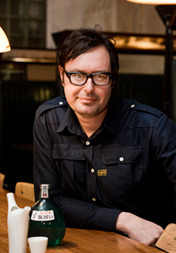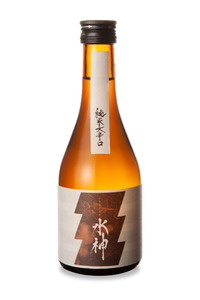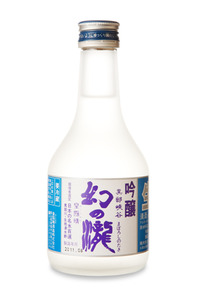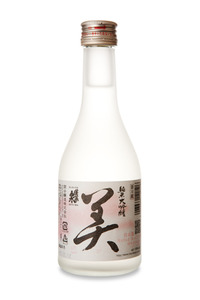Basic Guide to Sake Grades
There are many variables that contribute to the taste and quality of premium sake. Rice, water, production methods and the brewer’s skill all help define the profile of the finished product. However, one of the most prominent and easily quantifiable factors is how much the rice has been milled. Milling removes the outer layer of the rice grain exposing the starch at its centre allowing proper propagation of koji. (koji is the special mould that is grown on the rice to enable the conversion from starch to sugar – an important part of the brewing process)
The milling rate plays a very important part in the character of the sake produced and also lays the foundation of how sake is graded.
There are three main levels of premium sake defined by the milling rate of the rice. At the top we have Daiginjo and Junmai Daiginjo; these sakes must have a milling rate of 50%, which means a minimum of 50% of the original rice grain has been milled away. In the level below we have the grades Ginjo and Junmai Ginjo at a milling rate of 60% (minimum 40% of rice milled away) and lastly Honjozo and Junmai at 70% milling rate (minimum 30% of rice milled away – for Honjozo only, Junmai is the one exception where any milling rate is acceptable as long as it is specified on the bottle).
You would have noticed that in each level there is a Junmai grade – Junmai Daiginjo, Junmai Ginjo and Junmai. These three sakes are brewed with rice, water and koji only. The other three sakes, Daiginjo, Ginjo and Honjozo have small amounts of pure alcohol added to achieve fragrance or flavour profiles that the brewing master is looking for.
A journey through the grades
This month I have chosen three sake, each from different grades; Junmai, Ginjo and Junmai Daiginjo. Also remember that great things come in small packages. This selection of 300ml bottles makes them the perfect choice to share a taste for two, or a lovely dinner companion for one.
(Please click on the sake images for details)
………………………………………………………………………………………………………………………………………………………………………

Please click here to get your sake: http://www.sakeonline.com.au

Andre Bishop is a Melbourne based Sake Professional and is recognized as one of Australia’s leading authorities on Sake. His 12 years of experience in designing Asian and specifically Japanese venues include well know Melbourne establishments Robot Bar and Golden Monkey. He currently owns the 22 year old Japanese dining institution Izakaya Chuji and Sake Bar Nihonshu. He is also co-owner and founder of Melbourne’s flagship Izakaya and Sake Bar, Kumo in Brunswick East. Andre studied Sake in Japan and is the only Australian who currently holds a Level 2 Sake Professional Certificate from the International Sake Education Council.
Andre is available for Consulting on Sake, Japanese Beverage Lists, Sake Staff Training and Sake Equipment. Contact: andrebishopsan@gmail.com
Sipping with the Sake Master #3
Sipping with the Sake Master #2
Sipping with the Sake Master #1
Please click here for Sake Master Andre Bishop’s older interview







